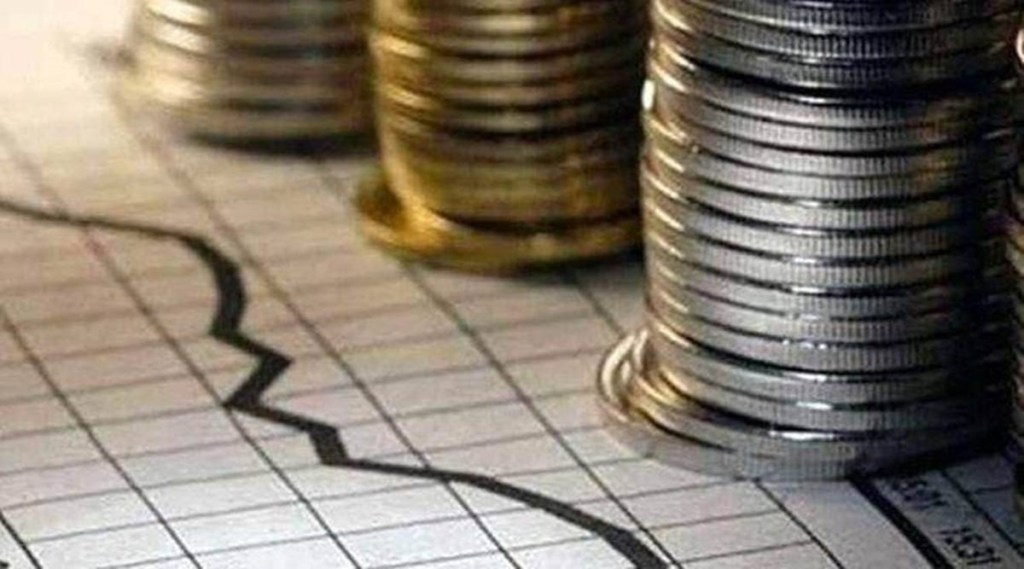By NR Bhanumurthy
The Union Budget for 2022-23 is fiscally pragmatic, maintains some continuity, but brings in changes in few aspects. Leaving aside the digital currency that could grab headlines, this Budget has been pragmatic especially when there were calls for sharp fiscal adjustments while addressing the inflationary conditions in the economy. And there were equally strong demands for ignoring fiscal consolidation to ensure demand conditions.
The Budget maintains continuity with the last year’s Budget and continue to focus more on capital expenditure as the budgeted capex has been increased to about 2.6% of GDP compared to 2.2% in FY22 (the effective capex, including through grants-in-aid to states, is expected to be about 3.7%). With this, the decline in headline fiscal deficit to 6.4% is largely due to sharp reduction in revenue deficit from 4.7% to 3.8% during this period.

This is expected to further improve the quality of expenditures initiated since last Budget and should provide impetus and ensure GDP growth recovery in the medium term. However, it is not clear why the payment of Rs 51,971 crore for settlement of past liability to Air India/AIAHL being treated as capital expenditure. Rather, it should have been netted out of non-debt capital receipts.
But there are concerns with regard to medium term fiscal path. Like last year, the Budget again skips the Medium term fiscal projections, although it suggest to bring it down to below 4.5% by 2025-26. It argues that this is to ‘retain requisite fiscal flexibility to effectively respond to emerging contingencies’ and this is not fully convincing. In all, there are concerns that central government could almost shelf the FRBM Act for time being. More concern is on the sharp slippage in the central government debt to 60.2% in FY23.
There are also increase in the interest payments by 0.5% between FY22 and FY23, this is close to 43% of total revenue receipts, and this is only expected to increase further due to increase in the pubic debt. However, some good news on the subsidy front, which is expected to decline from `4.33 lakh crore in FY22 to Rs 3.18 lakh crore in FY23. This decline is across all the three items (fertiliser, food and petroleum) and this is about 1.2% of GDP, although not clear what the world oil price assumption is.
Against the expectations, and despite sharp jump in actual revenues compared to budgeted, the fiscal deficit for FY22 slips marginally to 6.9% and that appears to be largely due to slippage in the disinvestment proceeds. This seems to have forced the disinvestment target for FY23 to be reduced to Rs 65,000 crore from Rs 1.75 lakh crore in FY22. However, with the nominal GDP growth assumption of 11.1% against 17.6% in FY22 and with increased expenditures, the pressure on revenue buoyancy, on both the direct taxes and GST, could be more. In the case of GST, the Budget assumes a buoyancy of about 1.41 against 1.34 in FY22. Further, it is not clear why there is a GST compensation Cess to the tune of Rs 1.2 lakh crore for FY23 (against Rs 1.05 lakh crore in FY22), especially when the five-year compensation period ends by June 2022.
Unlike in the past, in this Budget, focus is also on hand-holding the state governments. Increase in interest-free loan for states towards capital expenditures, which is over and above the stipulated state government borrowing of 4%, should help the states substantially in implementing their projects.
Overall, this Budget adopted a safe approach of continuity of the fiscal policy of stance as was adopted in FY22 Budget and renewed the focus on capital expenditure that would crowd-in private investments going forward.
The author is vice-chancellor, Dr BR Ambedkar School of Economics University

